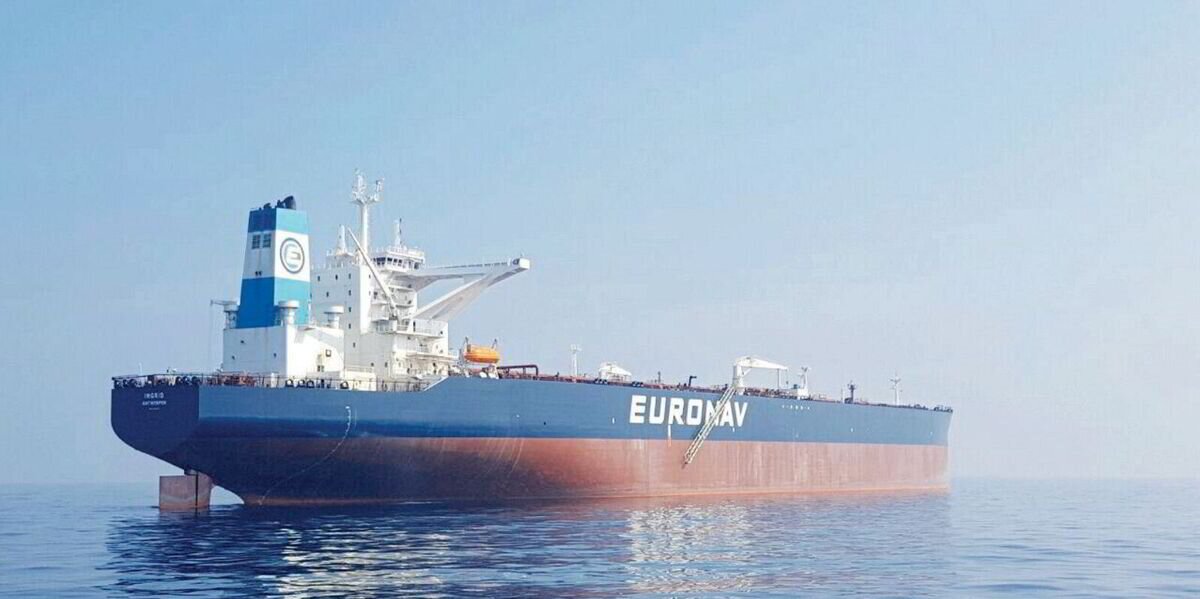The global wheat market narrative has recently shifted, though it’s easy to have missed it.
Exportable world wheat supplies in 2024-2025 are no longer expected to fall to multiyear lows, a perhaps predictable outcome based on recent patterns.
But the relief could be temporary. Meager possibility for the upcoming wheat harvests in Russia and Ukraine, which account for about 30% of global wheat exports, means that the thinning supply story could reemerge for 2025-2026, and potentially for real this time.
Two months ago, US Department of Agriculture (USDA) projections showed 2024-2025 global wheat stocks-to-use (SU) among major exporting countries at a 17-year low of 14.56%.
But this month’s updates put that figure at 15.89%, the second highest of the last six years.
This largely owes to the slashing of Chinese wheat import estimates over the last three months.
Late last decade, global wheat SU among major exporters averaged above 18%, so the 2024-2025 target is still below the longer-term mean.
However, world wheat SU has been pegged by USDA to reach decade-plus lows each year for at least three years now, only to creep upward as the marketing years progress.
As it stands, the 2020-2021 SU of 14.74% remains the lowest since 2007-2008, so this is the benchmark to keep in mind heading into 2025-2026.
USDA’s Kyiv attache last week pegged the 2025-2026 Ukrainian wheat harvest at 17.9 million tonnes, a 13-year low and down 23% on the year. Soils were extremely dry during the planting period and profitability is poor, cutting sown area.
Russian agencies currently predict the 2025-2026 harvest between 79.7 million and 82.5 million tonnes, the latter of which is similar to a year ago.
Favourable weather from here could lift the crops in both countries and ease concerns, but the early figures warrant flagging, especially as the attache sees Ukraine’s 2025-2026 wheat exports at less than half the record volume.
Black Sea commerce has been under threat since Russia’s 2022 invasion of Ukraine, hampering mostly Ukrainian exports and ultimately production.
Russian food and fertiliser exports are not directly subject to Western sanctions, but Moscow says measures must be lifted against Russian companies involved with those shipments if it is to cooperate in a maritime security deal.
Data does not support much hindrance to wheat shipments as the Kremlin claims. Bumper crops allowed Russian wheat exporters to score their largest-ever volumes in the 2022-2023 and 2023-2024 marketing years.
To boot, the portions of the crop exported were also record-large in those years, further clouding Moscow’s argument.
Last year’s smaller Russian crop will drop 2024-2025 wheat exports to three-year lows, but the percentage of the crop exported will remain elevated since Russian grain has been priced well below the competition.
Promising talks
Promising talks of a potential ceasefire between Russia and Ukraine were under way on Tuesday, though any conflict resolution now would have little bearing on 2025-2026 wheat output scenarios since the majority of that crop has already been planted.
US wheat plantings in 2025-2026 are set to fall 1.6% on the year, including a 55-year low area for the high-protein spring variety. US winter wheat as of Sunday was in slightly worse condition than a year ago.
More attractive
Argentina’s 2025-2026 wheat harvest could be record-large if a temporary export tax cut is extended beyond June, making the grain’s planting more attractive for farmers.
Farmers in Canada plan to lift 2025-2026 wheat area on the year while dryness in parts of Australia could reduce its upcoming crop by 16% from last year.
In the European Union (EU), soft wheat yields are seen rising 8% from last year.
Argentina, Australia, Canada, the EU the United States account for about 54% of global wheat exports, which is why they will also warrant attention on May 12 when the USDA unveils its initial outlook for 2025-2006.
Source: Reuters






